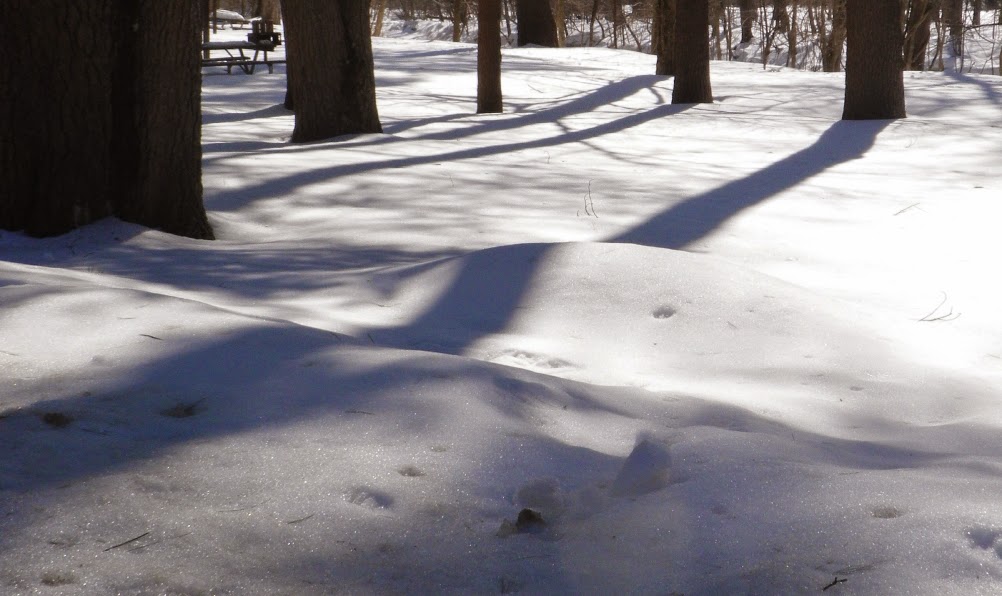If I were Sarah Kilborne, author of "American Phoenix: The Remarkable Story of Wiiliam Skinner, a Man Who Turned Disaster into Destiny", a book I just finished reading, I might say something like this:
"I have driven or ridden the stretch of road between Haydenville and Williamsburg in Massachusetts countless times, and never knew -- until reading Elizabeth M. Sharpe's book "In the Shadow of the Dam: The Aftermath of the Mill River Flood of 1874" -- that there was once a community called Skinnerville which existed there, situated between Haydenville and Williamsburg."
But I am not Sarah Kilborne, and I don't use the word "countless" as often or as pointlessly as she does in her book. I've probably traveled that stretch of road hundreds of times, maybe even a thousand times or more, but that doesn't even begin to get close to "countless" times.
In the history of the world, no human being has EVER done ANYTHING "countless" times. In fact, if you factored in every human being who ever existed on the planet, all of them TOGETHER have not done anything "countless" times.
"Countless" doesn't mean "a lot", or "more than I have counted", or "too many for me to bother to count" -- it means "too many to count -- an infinite number". It's a failing of many modern writers, one which I have groused about before -- in their search for attention-grabbing exaggerations, they abuse this great word in the most ridiculous of ways.
But I digress.
As I said earlier, I first became aware of "Skinnerville" when I read Elizabeth Sharpe's fascinating account of the Mill River flood and its aftermath, and was shocked to learn that an area I thought I'd known pretty well had once been home to a small but thriving community which the flood of 1874 had essentially wiped off the map. So when I spotted Sarah Kilborne's book about William Skinner, one of the mill owners -- and, in fact, patriarch of "Skinnerville" -- whose factories had been destroyed in the flood, I bought it immediately.
It's a very interesting (and quite well-written, save for the occasional silly error -- like using "passed" when "past" is called for, and the aforementioned repeated misuse of "countless") story about William Skinner, an immigrant from England who came to America with essentially one salable skill (he knew how to dye silk), and through hard work, determination and intelligence, created a small silk empire -- first in the rural Mill River valley in Western Massachusetts, until the horrific Mill River flood mostly destroyed Skinnerville and did serious damage to other small towns on the river, such as Haydenville and Leeds. After this disaster, Skinner moved his business to Holyoke, Massachusetts, where he built a much larger mill and prospered greatly, in large part because of a sweetheart deal offered to him by the city of Holyoke.
I'd never known that our area had been a center of industry of this type, but certain things now make much more sense -- for example, the names of an office complex ("The Silk Mill") in Florence, just outside of Northampton, and a bar in Florence as well ("The Silk City Tap Room").
There is even a small TMNT connection to the legacy of WIlliam Skinner: His house in Skinnerville, which was damaged in the flood of 1874, was disassembled and moved to Holyoke when Skinner relocated his business, where it was reassembled and later added onto. It remained in the Skinner family for many years, until in 1959 it was given to the City of Holyoke, and is now the Wistariahurst Museum, open to the public… and where, in the summer of 1988, there was an exhibition of "The Art of Mirage Studios". -- PL






















.jpg)




